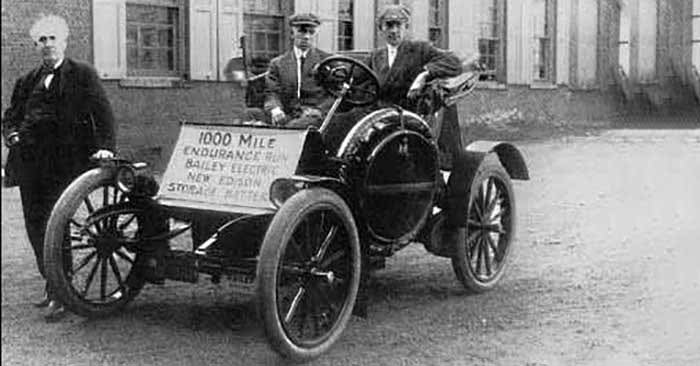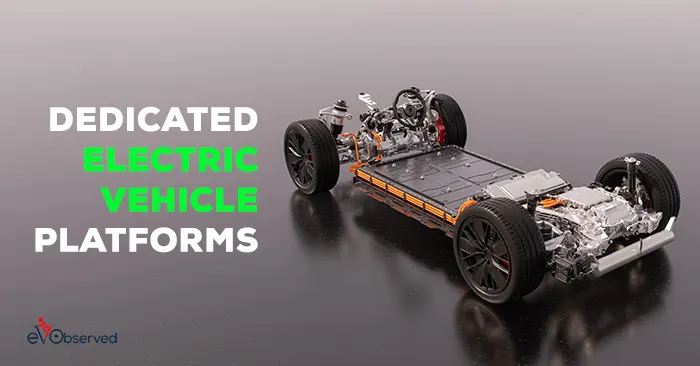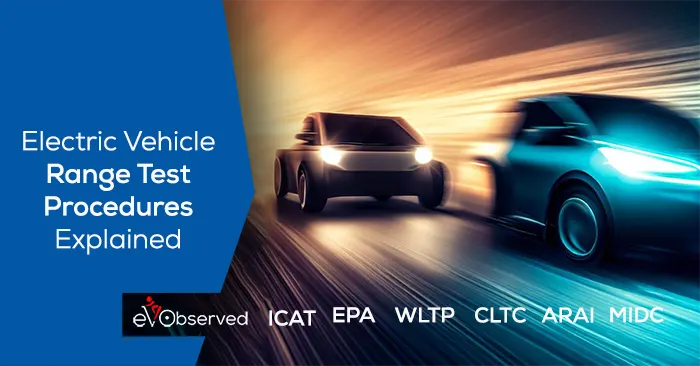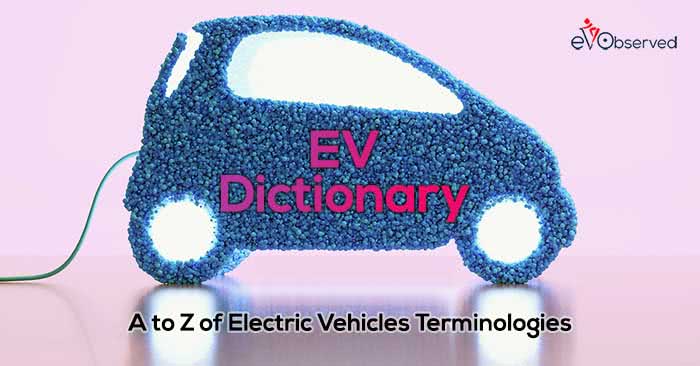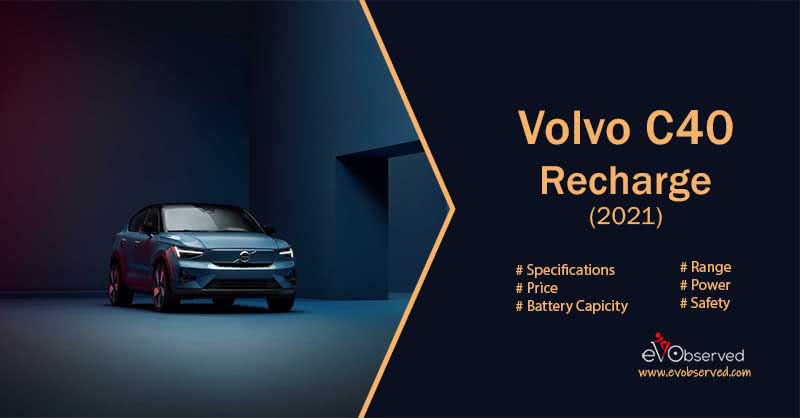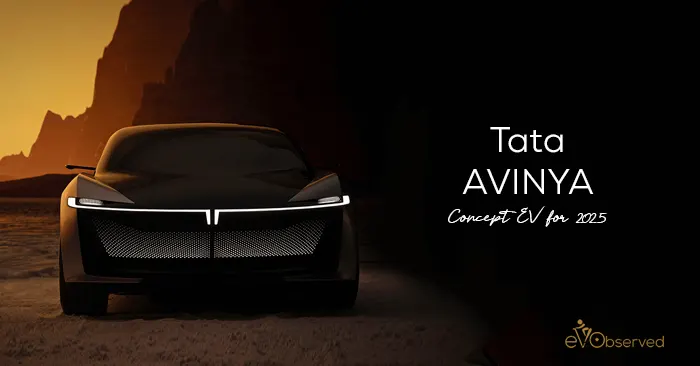Types of Electric Vehicles : With the price of Fuel shooting high up, there is a need for a better and sustainable alternative that can cope with this problem. So what alternatives do we have? Electric vehicle obviously, not because it runs on the electric power but it also helps in reducing the carbon footprint.
Studies show that Making an electric car produces less carbon than fuel burnt daily for a year. So let’s just look at what the Electric Vehicle is?
As the name suggests that it is a vehicle that runs on electricity. An electric vehicle has batteries installed in them which supply DC or converted AC power to the motors according to their type which then produces torque and makes the vehicle move. But, before choosing, you need to know about the different Electric Vehicle types and how they serve the purpose. Different Types of Electric Vehicles are listed below:
☛ What You will Read here
Types of Electric Vehicles As Per the power they Required

Some Electric Vehicle Blogs divided EVs into 3 types {PEV (BEV & PHEV), HEV, and FCEV} and some in 6 types however we observed that all the electric vehicles can be divided into 4 types and here they are.
Battery Electric Vehicle (BEV)
A battery Electric vehicle is a purely electric vehicle that operates on the electric energy supplied by the Lithium-Ion(Li-ion) battery. The battery of the electric which has chemical cells packed in it which delivers DC power to the motor which then produces torque leading to the movement of the vehicle.
Vehicles nowadays are using 3-phase induction motors which draw the converted (DC to AC) power from an inverter installed in the vehicle. The best feature about these electric vehicles is the Regenerative Braking which on braking supplies power back to the battery and hence the battery recharges up to a small extent. Battery electric vehicles are more suitable for cities and daily commute where braking and frequent use of a vehicle are expected because more braking in the cities leads to the recharging of the battery, while the daily use of the vehicle will make the payback period smaller.
Battery electric vehicle comes in different types such as Scooters, Cars, Buses, Forklifts, etc. The vehicles prove to be a better option because not only do they reduce your fuel costs but also meet the best safety standards prescribed by international organizations. Torque output in Battery electric vehicle is very good and there has been a continuous improvement seen in the power of these vehicles which makes them a better option. So many companies like Tesla, BMW, Nissan, Tata, MG, Pravaig, etc. are continuously working in this market to deliver the best technology.
BEV Examples (Supports DC Level 3 Fast Chargers)
- Audi e-tron
- BMWi3/i3s
- Chevrolet Bolt EV
- Hyundai Kona Electric
- Hyundai Ioniq Electric
- Jaguar I-PACE
- Mini Cooper Electric
- Nissan LEAF
- Polestar 2
- Porsche Taycan 4S
- Porsche Taycan Turbo
- Tata Nexon EV
- Tesla Model 3
- Tesla Model S
- Tesla Model X
- Tesla Model Y
- VW E-Golf
Plug-in Hybrid Electric Vehicle (PHEV)
PHEV is an amalgam of an Electric motor and Internal Combustion engine(IC) in which the vehicle runs on electric energy and when the charge of the battery drops down then it shifts to the combustion engine. PHEV are denoted by a number behind them like PHIV30 which donates that how many kilometers will the car run on electric power.
After the utilization of the full battery power, these vehicles shift to fuel-based internal combustion engines. These vehicles can be charged externally by a charger that converts AC power into DC and internally by the onboard alternator coupled with the engine. PHEVs works in three different modes:
- Charge-Depleting Mode: In this mode, the vehicle runs on electric power till the battery level drops down below a certain level, and then it shifts to the fuel-powered internal combustion engine.
- Charge Sustaining Mode: In this mode balance between Battery power and engine power is maintained such that the battery level doesn’t drop below a limit while running.
- Blended or Mixed Mode: This is a combination of charge depleting mode and charges sustaining mode.
Normal IC engine-operated vehicles can be converted into PHEV with the help of aftermarket sources. PHEV produces less pollution in comparison to conventional IC engine vehicles because it operates both on electric power and fuel power. PHEV include vehicles like Car, Lorries, etc.
PHEV Examples
- Audi A3 E-Tron
- BMW 330e
- BMW i8
- BMW X5 xdrive40e
- Chevy Volt
- Chrysler Pacifica
- Fiat 500e
- Ford C-Max Energi
- Ford Fusion Energi
- Hyundai Sonata
- Kia Optima
- Mercedes C350e
- Mercedes GLE550e
- Mercedes S550e
- Mini Cooper SE Countryman
- Porsche Cayenne S E-Hybrid
- Porsche Panamera S E-hybrid
- Toyota Prius
- Volvo XC90 T8
Hybrid Electric Vehicle (HEV)
Hybrid Electric Vehicle is a combination of an Electric Propulsion system and Internal combustion(ICE) engines. It uses a Hybrid Vehicle Drive train in which the vehicle utilizes an Electric motor and internal combustion engine to drive vehicle.
The battery in a Hybrid vehicle can only be charged with the alternator available on the board which is coupled to the IC engine. A hybrid vehicle maintains a balance between battery and engine to give optimum performance and better fuel economy.
Since hybrid vehicles also have regenerative braking(the capability of the motor to give the power back to the battery for charging when brakes are applied) they prove to be a better alternative to conventional vehicles. Hybrid vehicles can come in the form of motorcycles, buses, trucks, etc. But Depending upon the modes of the drive train, these are classified as:
-
- Parallel Hybrids: In this mode, both the electric motor and the Internal combustion engines are connected to the transmission system such that they both deliver power to the transmission system to drive the wheels. It is a better mode of powertrain since it maintains a healthy balance between the electric motor and IC engine operation.
- Series Hybrids: In this type of powertrain vehicle, there is a series connection between the electric motor and the IC engine such that the engine operates to run the alternator which supplies power to the battery and hence motor drives the vehicle. This type of vehicle has a larger battery compared to the other types of electric vehicles because they only operate through electric energy generated by the combustion engine and this system makes it an expensive method.
- Power Split Hybrids: As the name suggests, it is a type where the power delivery is split between Parallel and Series mode. For the lower speeds, series mode delivers power, and for higher speeds Parallel mode delivers power. Since this mode of operation employs both technologies that’s why it becomes the most expensive method.
Depending on the types of hybridization, these are classified as:
-
- Full Hybrids: Hybrid vehicles which fully relies on either Electric power or combination of both electric and combustion engine are termed as full hybrid vehicles.
- Mild Hybrids: Vehicles which do not rely on a balance of both or a particular technology are mild hybrid vehicle. For eg. A vehicle might run on a Combustion engine but while driving in urban areas, where braking is frequent, the motor power kicks in.
- PHEV: As discussed earlier, PHEVs run on combustion engines but since they also have battery packs installed in them to drive the motor, they deliver better efficiency and cause less pollution to the environment.
- Fuel Flex Hybrids: These are also like other Hybrid vehicles which run on electric power and engine power but the difference lies in the fuel used by them as they use Ethanol or Gasoline fuel which causes very little pollution.
HEV Examples
- Honda Civic Hybrid
- Toyota Camry Hybrid
- Toyota Prius Hybrid
Fuel cell Hybrid Vehicle (FCHV)
Fuel cell vehicles produce the least pollution among all the types of electric vehicles because it uses fuel cell in combination with battery or supercapacitor for delivering power to the motor. But let’s firstly understand what fuel cell is? It has three parts: Anode, Cathode, and Electrolyte same as that of conventional battery which use the combination of eco-friendly fuels such as Hydrogen and Oxygen to generate electricity.
A hydrogen-Oxygen fuel cell is the most commonly used fuel cell because unlike other fuels it generates water vapors as its by-product which is not harmful to nature. Since, the production of Hydrogen is a tedious and non-eco-friendly process that’s why the companies are shifting towards newer fuel cells such as Polymer Electrolytic Membrane(PEM) fuel cells, Direct Methanol Fuel Cells, regenerative fuel cells, etc.
Fuel cell vehicles face many challenges due to the limited number of Hydrogen filling Stations. Fuel cell vehicle comes in a variety of range such as bikes, cars, trucks, busses, trains, Aeroplane, Space rockets, etc. These vehicles were very expensive initially but with the improvement in the technology of fuel-cells, the decline in their prices has been seen making them the better and affordable alternative to the conventional ones.
FCEV Example
- Foton BJ6123FCEVCH-1 fuel cell bus
- Honda Clarity FCEV
- Hyundai Tucson FCEV
- Toyota Mirai
Must Read: Are Cities Ready For E-bikes? Major problems and Progress
Various online Sources Considered BEV and PHEV as parts of PEV.
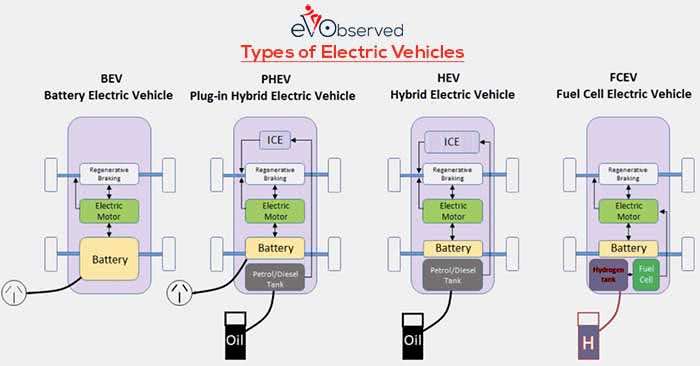
Conclusion
With the increase in pollution which leads to global warming, there is an urgent need to shift towards electric vehicles because these electric vehicles cause less pollution as compared to conventional vehicles. With the increase in economy and performance, these electric vehicles have become a close competitor to the conventional IC engine-operated vehicles.
The only disadvantage of these vehicles is their high capital cost but this cost can be covered up over time. Experts believe that the trend of IC engine vehicles will slow down not because of the scarcity of Fuel but due to the awareness about electric vehicles among people.

